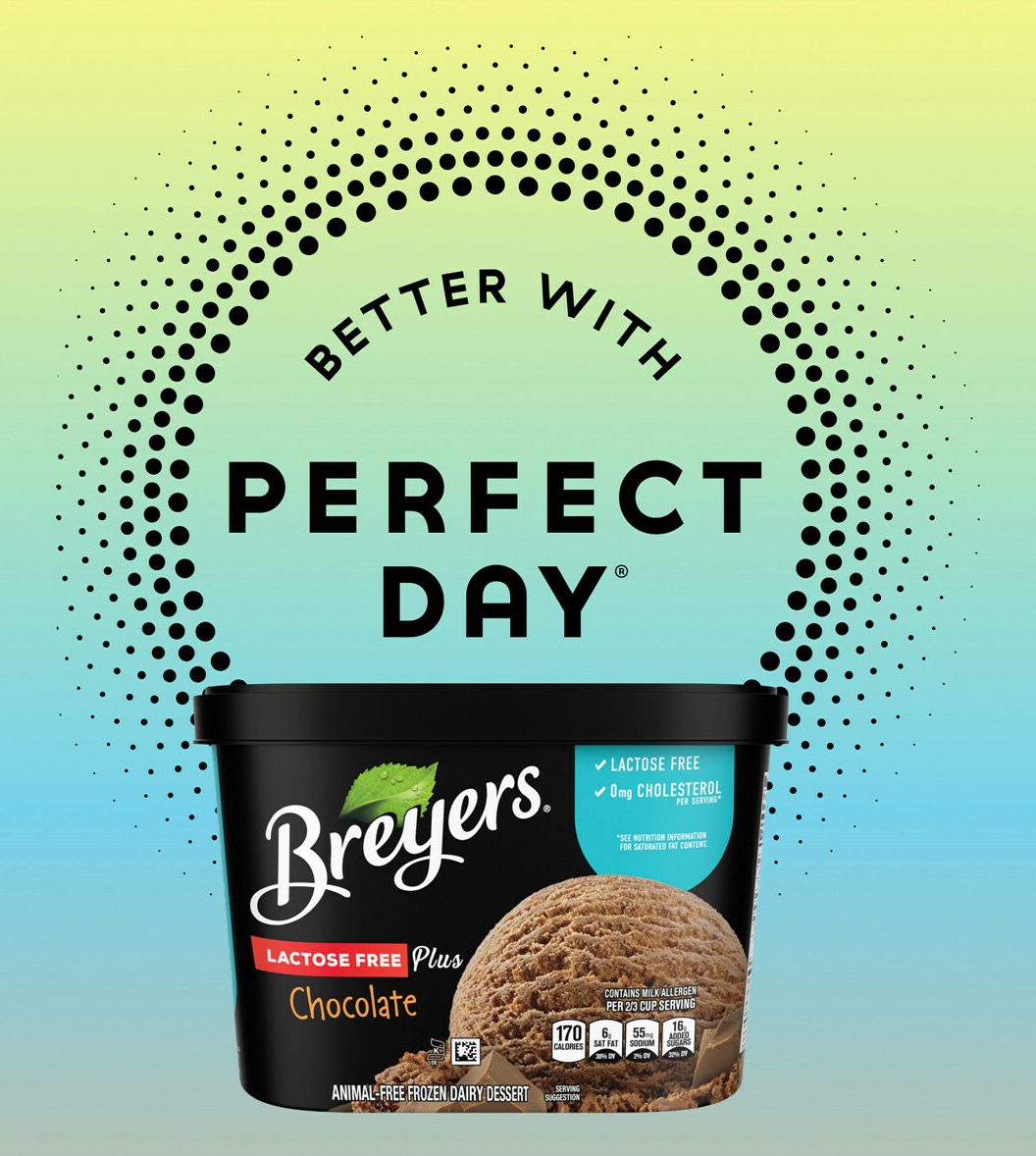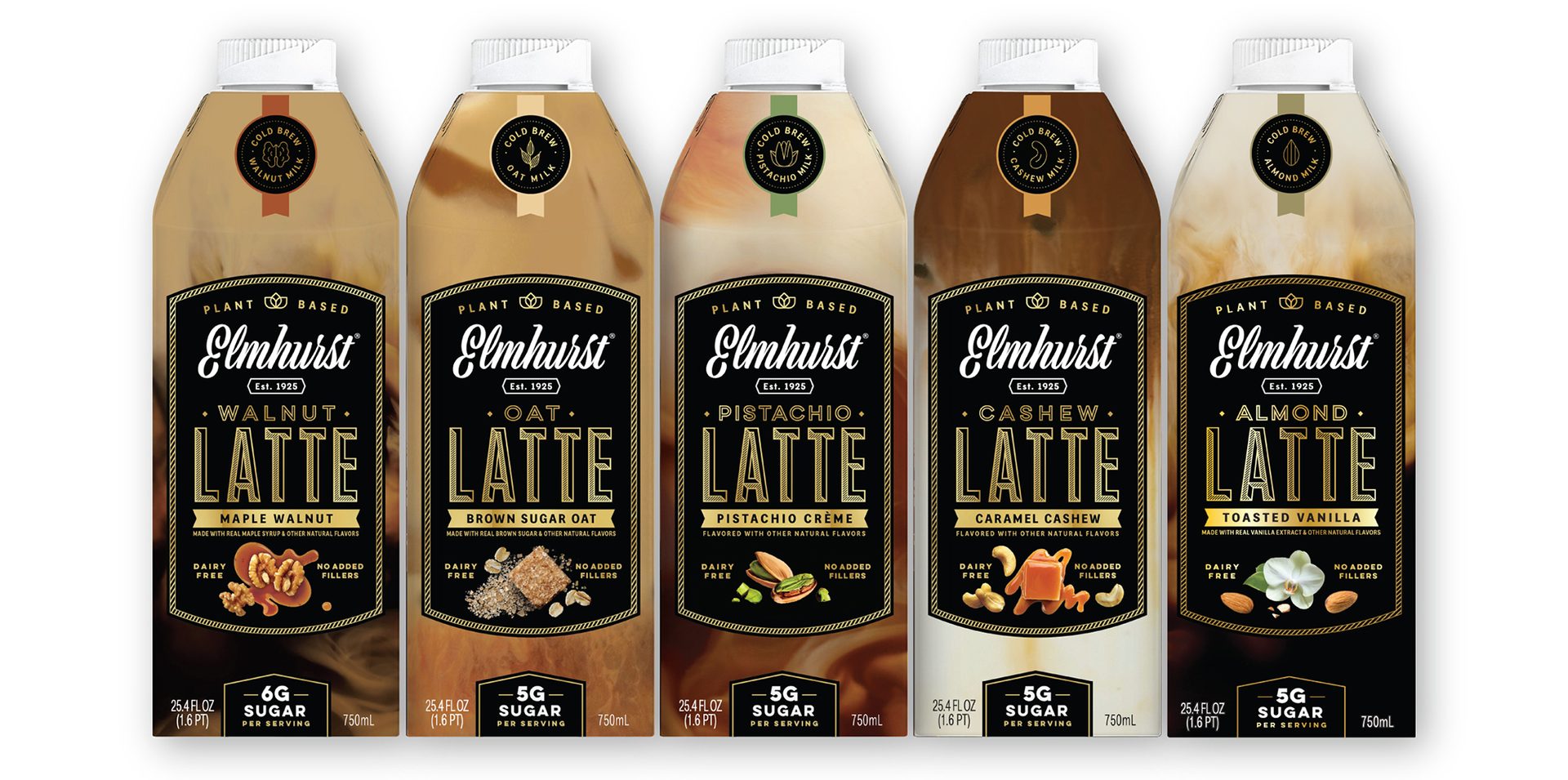DAIRY, NO DAIRY Part 2
Trends
Growing competition for consumers fuels new product innovation.
Dairy, No Dairy
Top 10 Trends and Dairy: Ingredients Take the Spotlight
Innova’s top trend for 2024 focuses on ingredients as consumers look for specific ingredients and manufacturers showcase ingredients through labeling and claims.
One-third of consumers globally say they always look at ingredients of interest on the product package. Natural ingredients are a key driver of dairy consumption, following taste and health. Protein is the most important ingredient and nearly half of consumers surveyed name milk and cheese as preferred protein sources. Dairy protein ingredients are being incorporated into other product categories too. A cookie launched in the US has a protein blend of hydrolyzed milk protein isolate and milk protein isolate, while a waffle mix touts its dry yogurt ingredient.
BY LU ANN WILLIAMS
Photo courtesy of: Getty Images / gpointstudio

Califia Farms says one 8oz serving of new Califia Farms Complete contains the same amount or more of these nine essential nutrients as an 8oz serving of dairy milk: protein, calcium, vitamin A, vitamin D, vitamin B12, magnesium, phosphorus, potassium, and riboflavin. Photo courtesy Califia Farms LLC
Plant-based launches showcase innovation in ingredient bases for dairy alternatives. For example, lupin is up 111%, peanut milk is up 69%, and cashew nuts are up 52% during a recent 12-month period.
Top 10 Trends and Dairy: Indulging in Health
We see growing overlap between health and indulgence. Consumers say that the best way to make indulgent food and beverage categories healthier is a combination of limiting/reducing non-healthy and artificial ingredients and using more natural ingredients.
Dairy and dairy alternatives are ideal for combining health with indulgence. Consumers report choosing healthier alternatives for desserts and ice cream and looking for a healthier alternative in dairy snacks. This includes seeking products that limit sugar, where claims are growing rapidly.
Top 10 Trends and Dairy: The Rise in Applied Plant-Based Offerings
Innovation in dairy alternatives is attracting consumers who interested in plant-based products. Consumers name health, variety, and the environment as top reasons to consider 100% plant-based alternatives. When we asked consumers why they increased their consumption of dairy alternative products, the top reasons were variety and novelty in non-dairy milk, yogurt, and cheese offerings. Consumers surveyed are most familiar with and willing to buy products made from almond, rice, coconut, or oat. Soy is less popular in the US than in Asia, where soy products are regularly incorporated into Asian cuisines.

Fermentation Fuels More Change, Growth: Unilever USA introduced Breyers Lactose-Free Chocolate, which incorporates whey protein created through precision fermentation. Photo courtesy Perfect Day Inc.
Consumers are somewhat split on how closely plant-based dairy alternatives should replicate animal-based dairy. More than one-third of those surveyed want their milk alternatives to mimic the taste and texture of cow’s milk, while one-quarter say they would prefer the drink to reflect the taste and texture of its key plant-based ingredients.
Manufacturers are supporting a major shift in the dairy category. Global value sales of plant-based milks are growing at more than twice the rate of dairy milks. The fastest growing dairy alternative subcategories include plant-based butter alternatives, margarines and spreads, and spoonable non-dairy yogurt. In the US, we also see the emergence of fungi-based yogurt and unique dairy alternatives such as plant-based kefir and oat milk drinks with boba. Product subcategories are evolving to better replicate the sensory features, taste, and performance of dairy, including barista products with creamier textures and comparable frothing.
Health and sustainability represent areas of continued improvement. Clear on-pack messaging is increasingly important as consumers demand greater transparency and understandable claims. A growing number of plant-based alternatives contain added vitamins and minerals to better replicate the nutrient profile of dairy. Dairy alternatives with long or complex ingredients lists could deter consumers who seek products with recognizable ingredients, fewer ingredients, and no “ultra processing.”

Clean Ingredients, Coffee Flavors: Plant-based processors such as Elmhurst keep adding plant-based options (walnut, pistachio, cashew) with on-trend applications. Photo courtesy Elmhurst Milked Direct LLC
When we asked consumers how milk alternatives could be improved, their top responses were improved taste, reduced cost, more protein, less fat and fewer artificial ingredients. The desire for nutrient parity has to be balanced with shorter and simpler ingredient lists.
Key Yogurt Considerations in the US
In addition to our global observations that have relevance in the US, our consumer research and monitoring of yogurt launches in the US reveal a few nuances. Health and taste are the primary reasons for consuming yogurt in the US. In fact, flavor ranks ahead of cost as a purchase influencer. Fruit flavors in general are the most popular but some previously popular flavors are declining. We see upticks in more “adult” flavors such as passion fruit, lemon and lime.
Similar proportions of consumers consider dairy yogurt or dairy alternative yogurt as a staple. This demonstrates the mainstreaming of non-dairy yogurt.
Protein is highly influential as a health claim for US yogurt consumers. Other claims that resonate with consumers pertain to sugar reduction, fat reduction, and clean features. As with global dairy trends, health features resonate with US non-dairy yogurt consumers. This suggests that manufacturers should innovate toward better nutrition parity between dairy and plant-based yogurts. Also, manufacturers will need to find the balance among clean labels, shorter ingredient lists, no artificial ingredients, and palatability, especially in plant-based yogurts. Sustainability also matters.
Last but not least, new technologies are advancing innovation in lab-grown dairy. We found that 44% of consumers are willing to try lab-cultured and lab-grown dairy and one in three are curious about cell-based milk. It’s also becoming clear that new technologies such as precision fermentation have the potential to reshape the dairy and plant-based dairy marketplace across all subcategories, moving toward more sustainable, clean, and less animal-dependent products. PF
Lu Ann Williams is Global Insights Director at Innova Market Insights, provider of market research services including the Innova Database. With more than 25 years’ experience in the food industry, Lu Ann is a trend expert and frequent public speaker at events worldwide. She leads a team of analysts and works with global clients. Contact her at luann.williams@innovami.com



